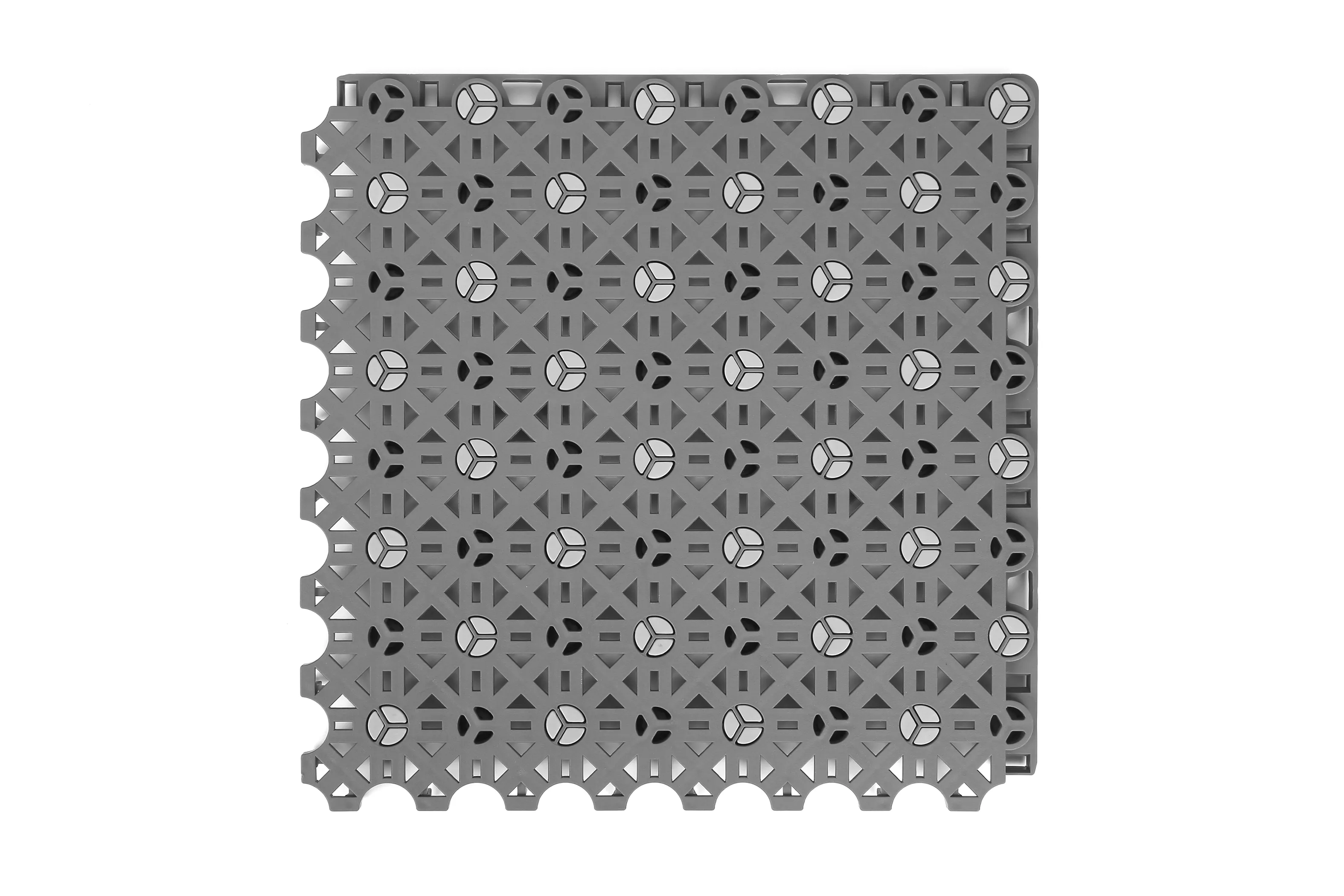12 月 . 03, 2024 14:49 Back to list
Outdoor Basketball Court Surface Choices for Optimal Performance and Durability
Outdoor Basketball Court Surface Options A Comprehensive Guide
Basketball is an exhilarating sport that draws players of all ages and skill levels. Whether you play casually or competitively, having the right outdoor basketball court surface is crucial for optimal performance, safety, and longevity of the court. With various options available, it's essential to choose the surface that best fits your needs. This article explores the most popular outdoor basketball court surface options, each with its unique characteristics, advantages, and disadvantages.
1. Asphalt
Asphalt is one of the most common materials used for outdoor basketball courts. Known for its durability and cost-effectiveness, asphalt provides a solid playing surface that can withstand varying weather conditions. The dark color helps absorb heat, making it comfortable to play on during cooler temperatures, while its hardness ensures a consistent bounce of the basketball.
However, asphalt does have its drawbacks. The surface can become slick when wet, posing safety risks for players. Additionally, without proper maintenance, it can crack over time due to the effects of UV rays, freeze-thaw cycles, and heavy usage. Regular sealing can help extend the lifespan of an asphalt court and maintain its appearance.
2. Concrete
Concrete is another popular choice for outdoor basketball courts. Much like asphalt, concrete is incredibly durable and can handle high traffic levels. It offers a firm surface for dribbling, shooting, and running, which many serious players prefer. When properly poured and finished, concrete can provide a very smooth, flat playing area.
The downside to concrete is its potential for creating a harsh playing experience. Unlike softer surfaces, concrete can be tough on players' joints, leading to fatigue or injury over time. Furthermore, similar to asphalt, it can crack under extreme weather conditions and requires maintenance to prevent deterioration.
3. Modular Sports Tiles
Modular sports tiles represent a more recent innovation in basketball court surfaces. These interlocking tiles are typically made from high-quality polypropylene, providing excellent traction and shock absorption. The tiles come in various colors and designs, allowing for customization to create visually appealing courts.
One of the significant advantages of modular sports tiles is their ease of installation and maintenance. They can be laid over existing surfaces, require minimal upkeep, and are resistant to weather effects. Furthermore, the cushioned surface reduces the risk of injuries, making it a safer option for players of all ages.
outdoor basketball court surface options

However, the initial cost of modular sports tiles can be higher than traditional surfaces like asphalt or concrete. Additionally, the tiles may need to be replaced over time due to wear and tear, especially in areas with intense gameplay.
4. Grass or Turf
While unconventional, some players opt for grass or turf courts. These surfaces can offer a unique playing experience. Natural grass provides a soft landing for falls and a cooler feel during the summer heat. Turf, on the other hand, offers a similar look to grass but with exceptional durability and low maintenance.
Nonetheless, playing on grass or turf can lead to some challenges. Grass can become muddy and unplayable after rainfall, while turf can become hot under direct sunlight, affecting performance and comfort. Additionally, both surfaces may require more effort in terms of leveling and maintenance, as uneven spots can lead to injuries or unpredictable ball bounces.
5. Rubber
Rubber surfaces are gaining popularity, particularly in community parks and school settings. Rubber courts provide exceptional cushioning and shock absorption, reducing the risk of injuries. They are also slip-resistant, making them safer during wet conditions.
The downside of rubber is its sensitivity to weather conditions—extreme heat can cause it to warp, while cold temperatures can make it brittle. Moreover, rubber surfaces can be relatively expensive to install compared to more traditional options.
Conclusion
Choosing the right outdoor basketball court surface is paramount for enhancing your gameplay experience and ensuring safety. Each surface has distinct characteristics, catering to different preferences and conditions. Asphalt and concrete are reliable and durable options for traditionalists, while modular sports tiles offer modern performance benefits with aesthetic appeal. Grass or turf adds a unique flair, although it comes with its limitations. Finally, rubber surfaces provide fantastic shock absorption, albeit at a higher cost.
Consider your budget, the intensity of use, and local environmental conditions when making your choice. By doing so, you can create a playing environment that not only meets your needs but also ensures many enjoyable hours on the court.
-
Custom Pickleball Court Solutions Convert Tennis & Indoor Builds
NewsMay.30,2025
-
Outdoor Pickleball Court Costs Build & Install Pricing Guide
NewsMay.30,2025
-
Premium Pickleball Sports Courts Custom Design & Installation
NewsMay.30,2025
-
Indoor Pickleball Courts Tennis Court Conversion & Custom Builds Tempe
NewsMay.29,2025
-
Professional Pickleball Court Installation & Tennis Court Conversions
NewsMay.29,2025
-
Grey Synthetic surface-rubber prefabricated track
NewsMar.07,2025

